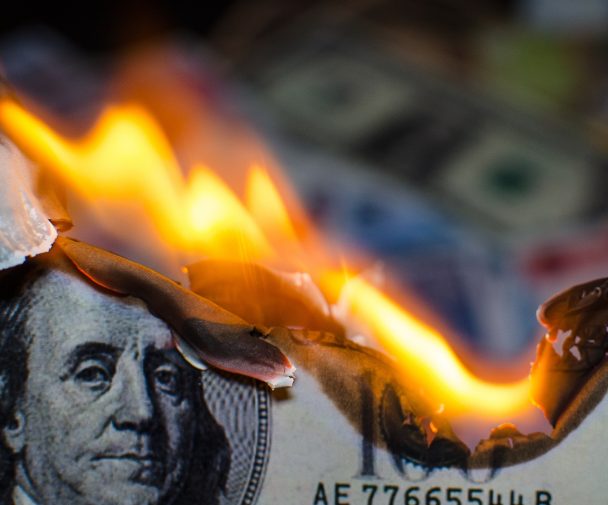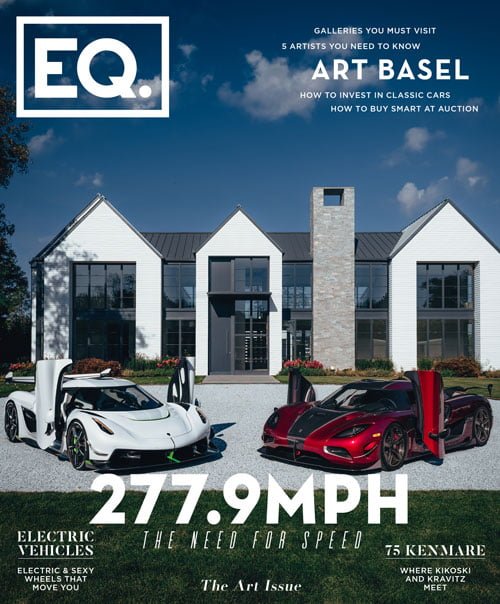
Trickle-up Economics
The mistaken faith of trickle-down economics and the true wealth of nations
Written by Daniel Hilpert
America has plundered its birthright to a middle-class life. Keynesian economics has been replaced by voodoo economics. Supply side economics with deregulation and tax cuts at its core, as Ronald Reagan and Margaret Thatcher had us believe, would incentivize the economy and increase the supply of goods and services, and consequently the income of individuals.
Forty years of neo-liberalism and unfettered markets have opened an era of enormous deficits,slower growth (GDP growth declined 40% from 3.7% post-World War II, to 2.70% annually in the period after 1980), and a financial liberalization that has revealed the great mysteries of modern finance: how to get much, much richer than everyone else when you know there is a bubble.
As Adam Smith argued, looking out for yourself results in prosperity. Giving everyone the freedom to produce and exchange goods and opening markets up to competition will promote greater prosperity than stringent government regulation. While financial liberalization and globalization has ushered a new golden age of capitalism for some, it has failed the American hinterland and those unable to cope with the transition from a manufacturing economy to a service economy.
We are the most innovative economy in arguably the most innovative period in the history of the world. If we don’t change course, our growth is going to be stagnant. The true wealth of nations lies in the creativity of its people, investment in science and technology,understanding of social organizations, and systems of checks and balances. We can accomplish a higher standard of living by becoming more productive, reducing the exploitation of market power and through the creation of a more equitable societal organization.
In 2018, the World Bank published the Human Capital Index (HCI). Human Capital is the central driver of sustainable growth and poverty reduction. The HCI quantifies the contribution of health and education to the productivity of the next generation of workers. Countries can use it to assess how much income they are foregoing because of Human Capital gaps, and how fast they can turn these losses into gains if they act now. The US ranks 24th. When focusing on education, the US fares even worse. The Organization of Economic Cooperation and Development (OECD), a think tank of advanced countries, pegs the US 40th in math based on standardized tests and 25th in science. This dismal performance results in lower growth of productivity.
In “Where have all the workers gone? An inquiry into the decline of the US labor force participation rate,” Alan Krueger, the former chair of the White House Council of Economic Advisers, and the Brookings Institute,examines the disparity in life expectancy and the decline of the US labor force participation rate. Half of prime age men not in the labor force suffer from a serious health condition. The Center for disease control has reported a decrease in life expectancy for large parts of the population despite advances in medicine. Only a fraction of our working population is participating in the labor force and working. An unproductive work force, persistently weaker demand for unskilled labor and an ailing population are threats to the American Dream.
Capitalist economies have always applied a blend of private markets and government intervention. Markets on their own fail to accomplish shared and sustainable prosperity. As President Kennedy put it “a rising tide lifts all boats.” Much of the money derived trickles up from below. When there is less wealth below there is less wealth to trickle up.
Related Articles

Lufthansa Technik's Explorer Jumbo Jet
The new innovative jumbo jet that takes flight at the intersection of superyacht and aviation
Read More
ADVERTISE WITH EQ
ebunn@equicapmag.com
dhilpert@equicapmag.com
Popular Posts









